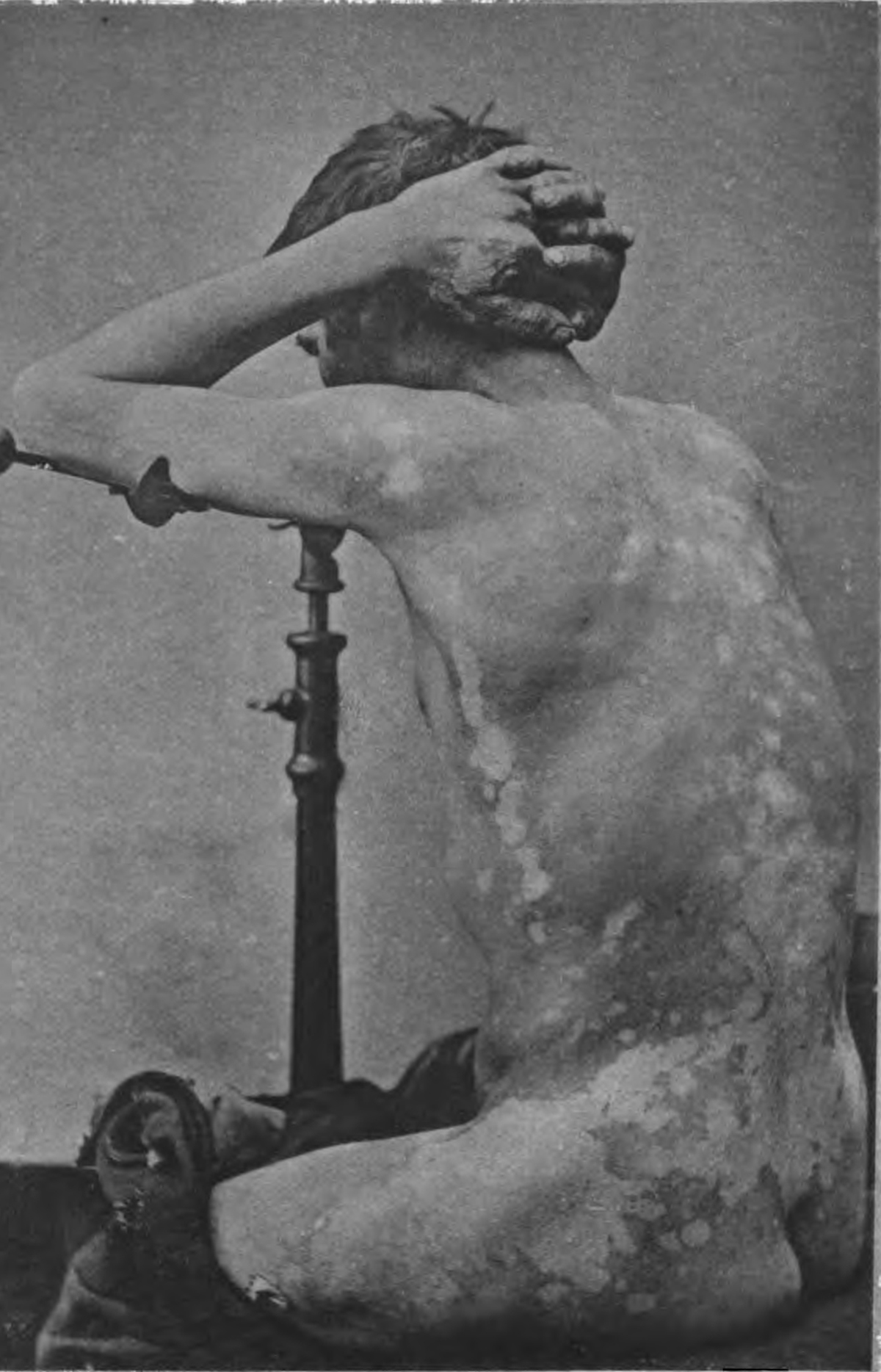
Leucoderma or Vitiligo
Causes of Leucoderma
It is believed that the disease is a consequence of the destruction of melanocytes, which produce the pigment melanin. In thirty percent of cases there is multigenetic inheritance.Neurogenic theory assumes that the nerve endings release a chemical mediator that destroys melanocytes or inhibits creation of melanin, but does not provide an explanation why this is happening.
There is a possibility that the body creates antibodies (autoantibodies) that destroy melanocytes (autoimmune theory).
It was determined that there is a lack of antioxidant enzymes in the affected melanocytes and epidermis, resulting in damage to melanocytes (theory of oxidative stress).
Appearance
Vitiligo is a type of depigmentation - loss of pigment. Translated leucoderma means white skin. First, it appears it the form of white spots, which grow, connecting to the smaller or larger white patches. Almost the entire skin can be affected extremely rarely. Also, hair often loses its color on the affected skin. Skin can be hyperpigmentated around the white patches and hair.In addition to the skin, mucous membranes may be affected too, which manifests in white lips, gums and mucous membranes of the genitals. Palms and soles are rarely affected.
Symptoms of Leucoderma
Leucoderma does not hurt and does not cause any problems but patient may suffer psychologically because of illness and avoid socializing. White parts of the skin are more sensitive to the sun, because of the lack of melanin. If the skin is not protected with a sunscreen when exposed to sunlight, it comes to the appearance of redness, itching and annealing very quickly.Vitiligo is unpredictable. Rarely, it may come to self-healing. Repigmentation may occur without treatment. In this case, pigmentation starts around the hairs and white patches are gradually getting normal skin color. Leucoderma may be associated with diabetes and anemia.
Treatment
Maximum expectations come from PUVA therapy (PUVA = Psoralen + UVA) in the treatment of leucoderma. Psoralen preparation is used together with exposure to sunlight or artificial UVA rays. The mechanism of this therapy is not completely clear, but, it has been observed that it influences on the creation of melanin and reduces the sensitivity of melanocytes to the action of antibodies. If less than 20% of the skin is affected, solution or cream that contains 8-methoxypsoralen applies on the white patches. The concentration of this compound increases gradually (0.05-0.1%). If larger parts of the skin are affected, Psoralen is used orally. Sessions are conducted two to three times a week. Strength of the UVA radiation depends on skin type, but is generally weak and gradually increases.Also, local therapy with corticosteroids may be tried.
Surgical treatment includes transplanting epidermis.
If almost all skin is affected, the rest may be bleached. The depigmentation is made by daubing pigmented skin with 20% Hydroquinone monobenzylether, twice a day. Total bleaching is achieved for 9 to 12 months.
People with vitiligo, as they are sensitive to the sun, must protect the skin from sunlight using antisolar creams with UVA and UVB protection.


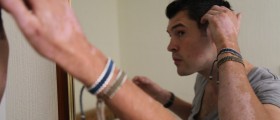

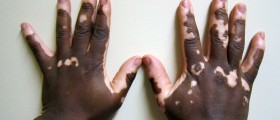

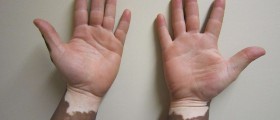



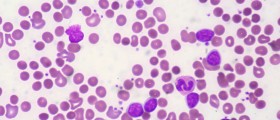






Your thoughts on this
Loading...